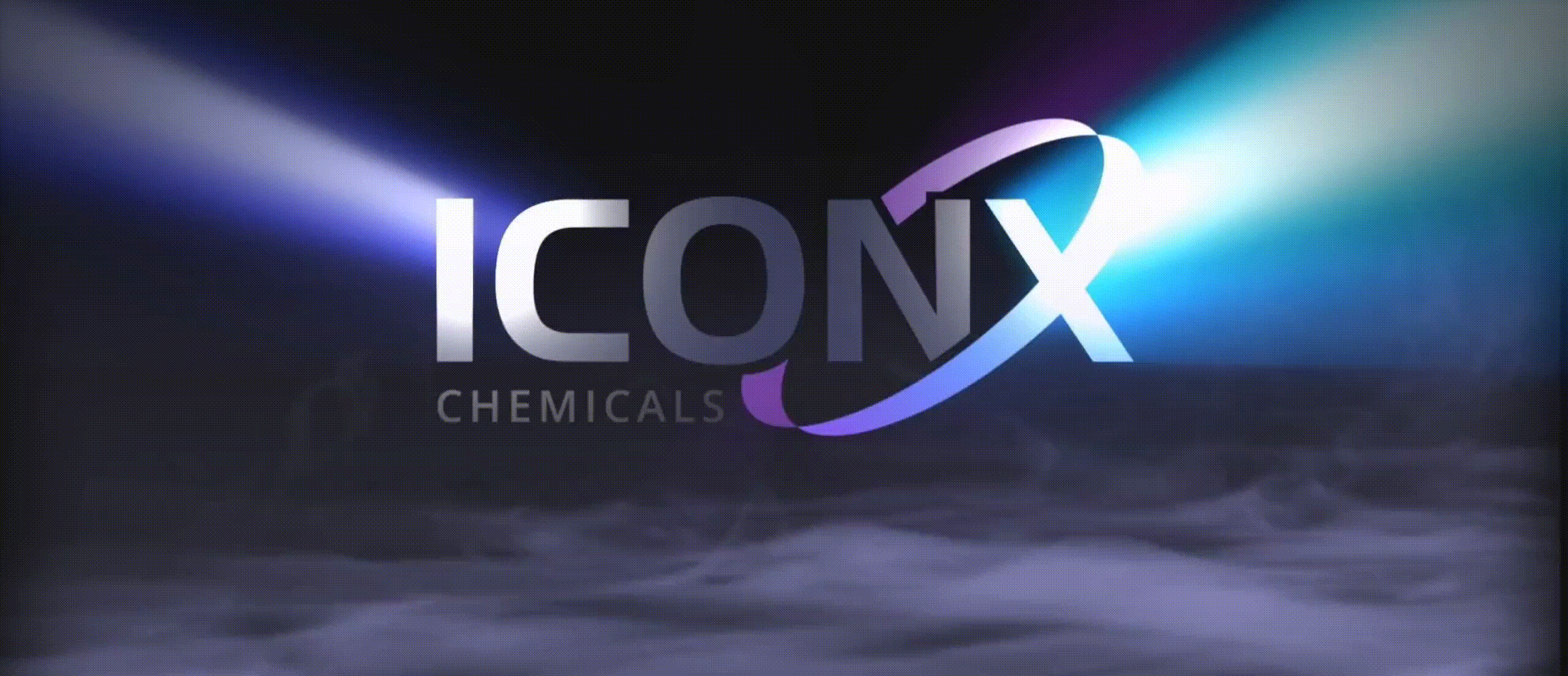Agricultural wastewater treatment is a farm management agenda for controlling pollution from confined animal operations and from surface runoff that may be contaminated by chemicals in fertilizer, pesticides, animal slurry, crop residues or irrigation water. Agricultural wastewater treatment is required for continuous confined animal operations like milk and egg production. It may be performed in plants using mechanized treatment units similar to those used for industrial wastewater. Where land is available for ponds, settling basins and facultative lagoons may have lower operational costs for seasonal use conditions from breeding or harvest cycles. Animal slurries are usually treated by containment in anaerobic lagoons before disposal by spray or trickle application to grassland. Constructed wetlands are sometimes used to facilitate treatment of animal wastes. Nonpoint source pollution includes sediment runoff, nutrient runoff and pesticides. Point source pollution includes animal wastes, silage liquor, milking parlor (dairy farming) wastes, slaughtering waste, vegetable washing water and firewater. Many farms generate nonpoint source pollution from surface runoff which is not controlled through a treatment plant.
